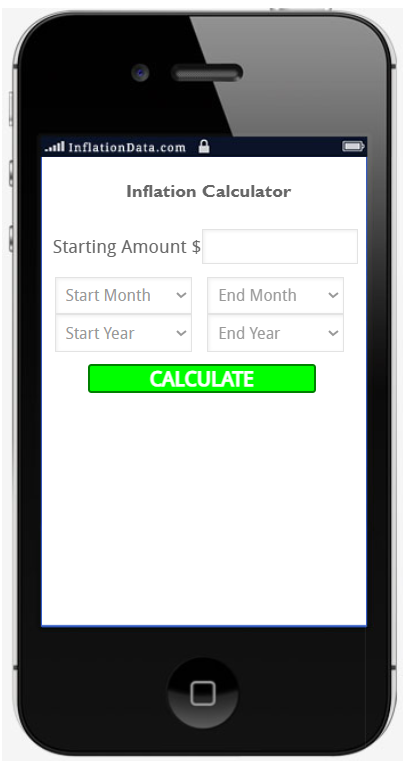Today’s Featured Post
Is the FED Getting Soft on Inflation?
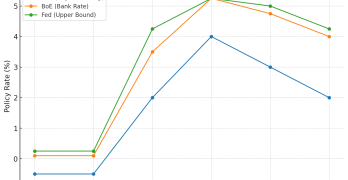
At the conclusion of the Jackson Hole, Wyoming, FED meeting, Chairman Powell indicated that FED policy was changing. Recent FED History The Federal Reserve Act of 1977 modified the original act that established the Federal Reserve in 1913. The new policy gave the FED a “Dual Mandate” so they would no longer be tasked with just keeping inflation low but would simultaneously try to maintain “maximum employment”. Of course, these are sort of mutually exclusive. If the FED pumps a lot of … [Read More...]
Latest Articles
July Inflation Report
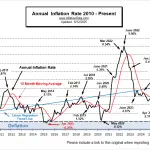
The U.S. Bureau of Labor Statistics released its July 2025 Inflation report on August 12th, 2025. The report showed that Annual Inflation was unchanged at 2.7%.
Calculated to two digits, it was 2.67% in June and 2.70% in July. So, although the BLS says it was unchanged it was actually up VERY slightly. The market responded positively with the NYSE up 226.57 points.
AI Is Deflationary But Its Energy Demand Could Fuel Inflation

Artificial intelligence is being heralded as one of the most transformative technologies of all time, with the potential to radically improve productivity, reduce costs, and drive economic growth. But as the AI revolution unfolds, a paradox is emerging: AI has deep deflationary potential, yet its explosive demand for electricity and infrastructure introduces inflationary pressures. Understanding these contradictory forces is essential to understanding how Artificial Intelligence could shape macroeconomic trends in the coming decade.
June Inflation Up Again
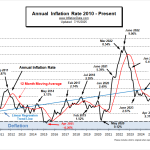
The U.S. Bureau of Labor Statistics released its June 2025 Inflation report on July 15th, 2025. The report showed that Annual Inflation was up from 2.4% in May to 2.7% in June.
Calculated to two digits, it was really 2.35% in May and 2.67% in June.
Economists were predicting higher inflation, of 2.6% while our MIP was projecting an “Extreme High” of 2.63%.
FED’s Semiannual Monetary Policy Report
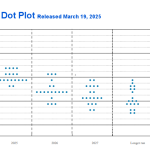
Federal Reserve Chairman Jerome Powell delivered his semiannual Monetary Policy Report to Congress on June 24th and to the Senate Banking Committee on June 25th.
Powell noted that U.S. real GDP expanded roughly 2.5% over the past year, supported by resilient consumer spending and a still-solid labor market. Payroll growth averaged about 124,000 jobs per month in the first five months of 2025—slower than the pace seen during the post-pandemic boom but still consistent with a gradually cooling economy.


